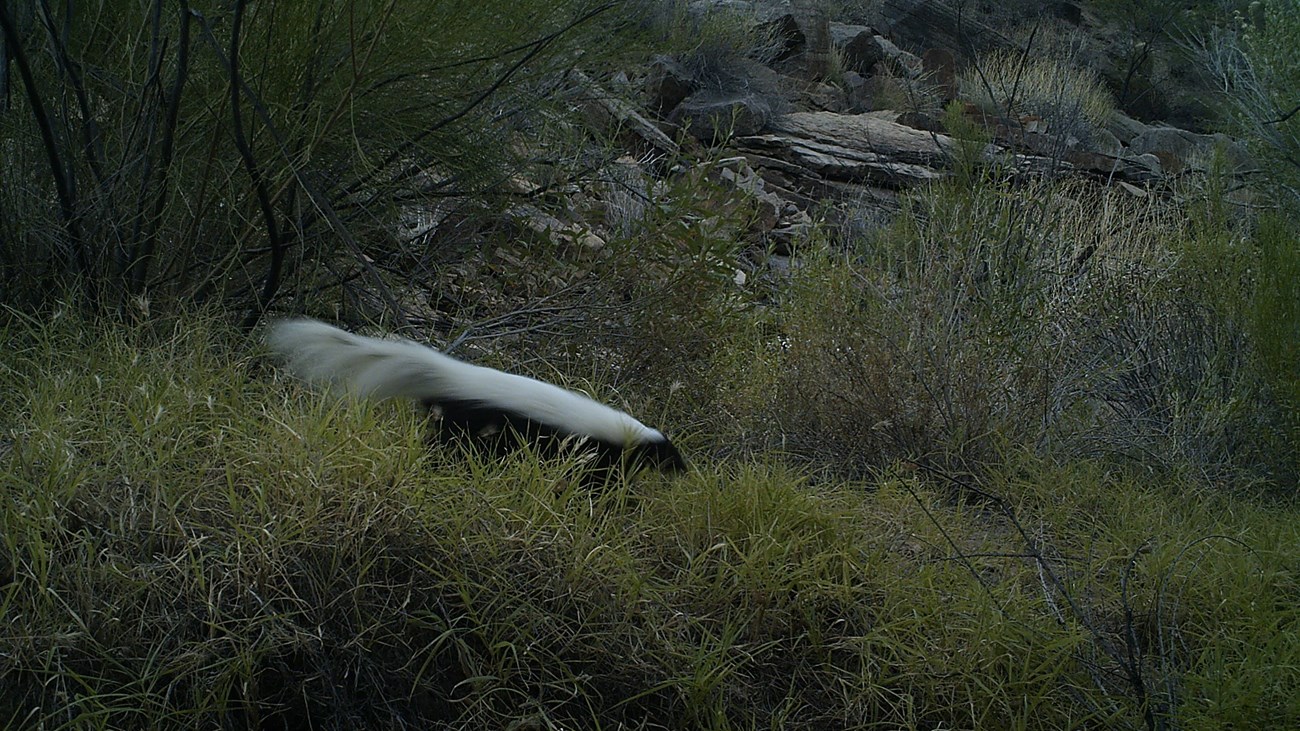
NPS Brandon Holton
Scientific Name
Conepatus leuconotus
Identification
Habitat
Behavior
More Information
|
Last updated: July 19, 2023

NPS Brandon Holton
Scientific Name
Conepatus leuconotus
Identification
Habitat
Behavior
More Information
|
Last updated: July 19, 2023